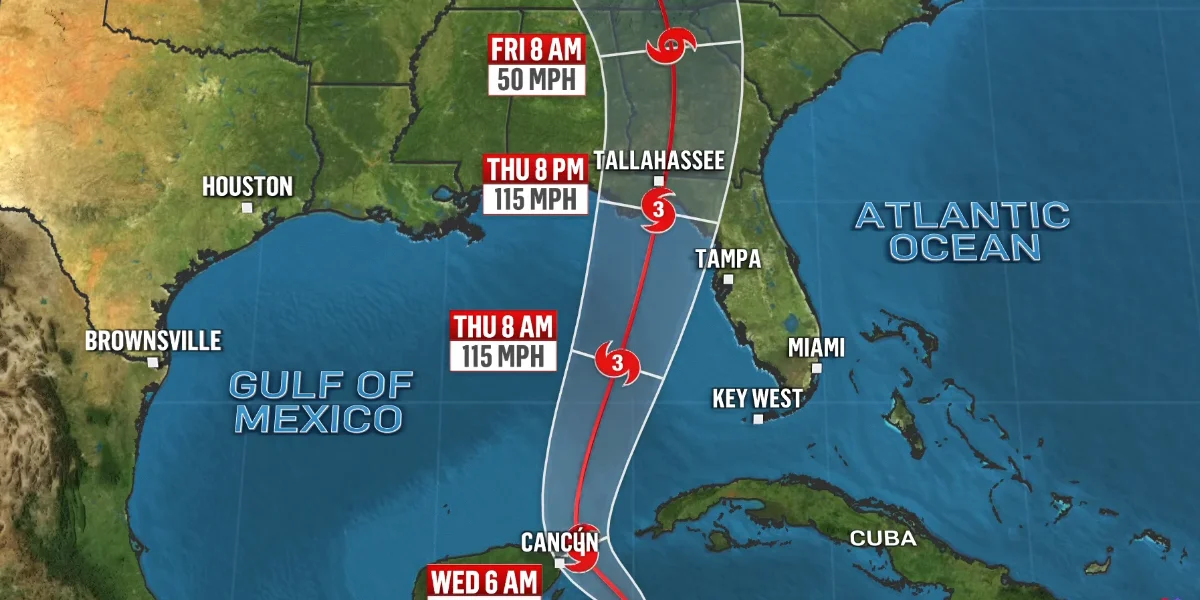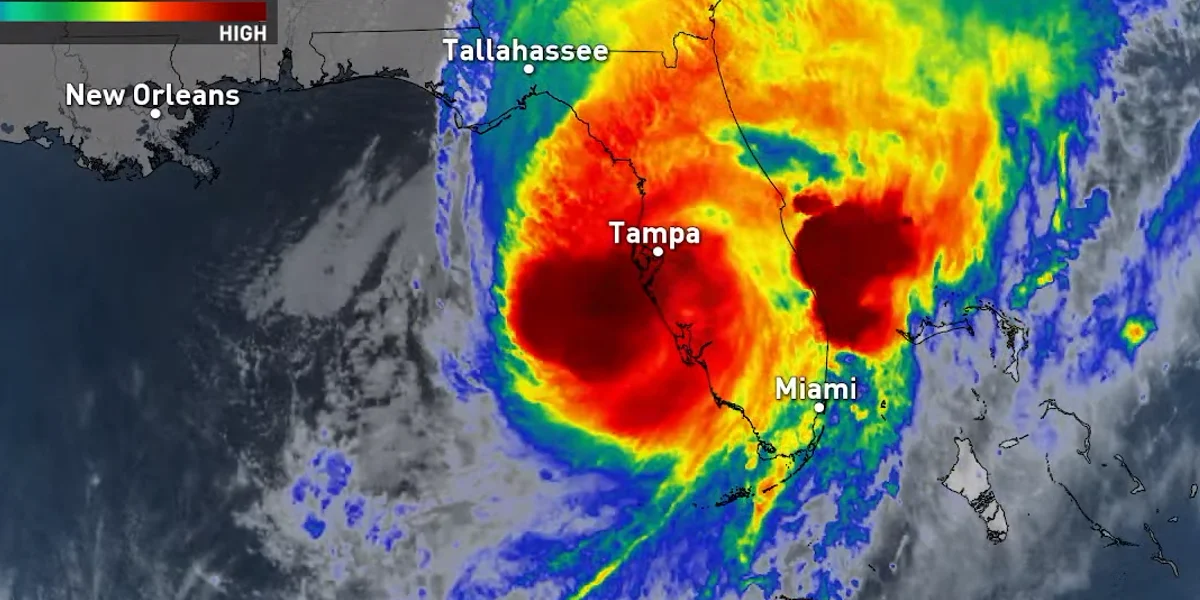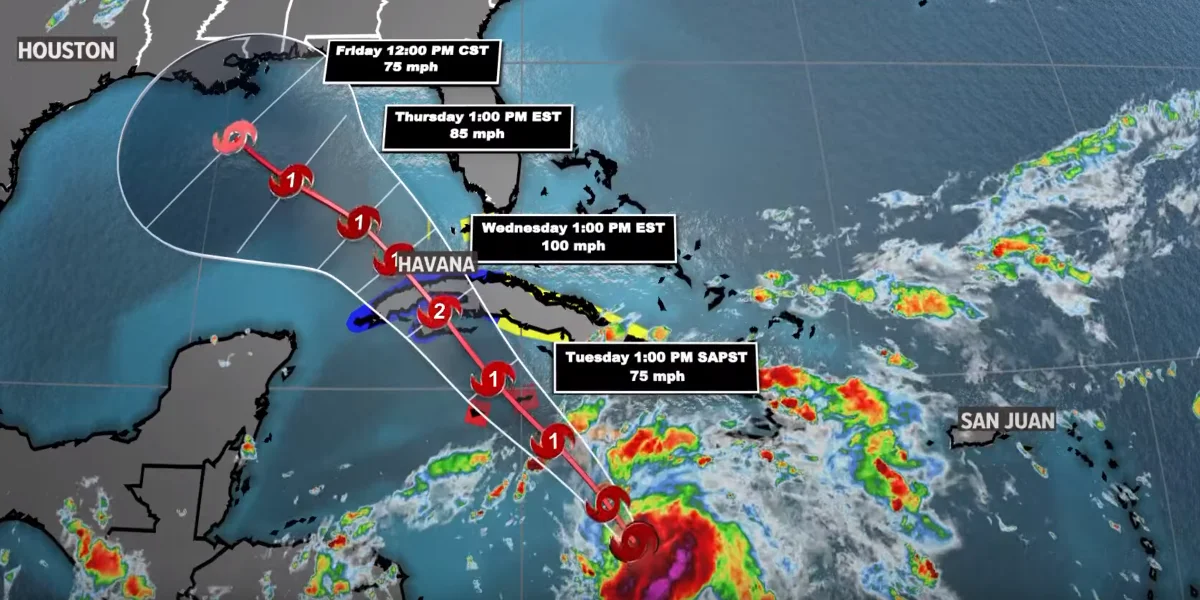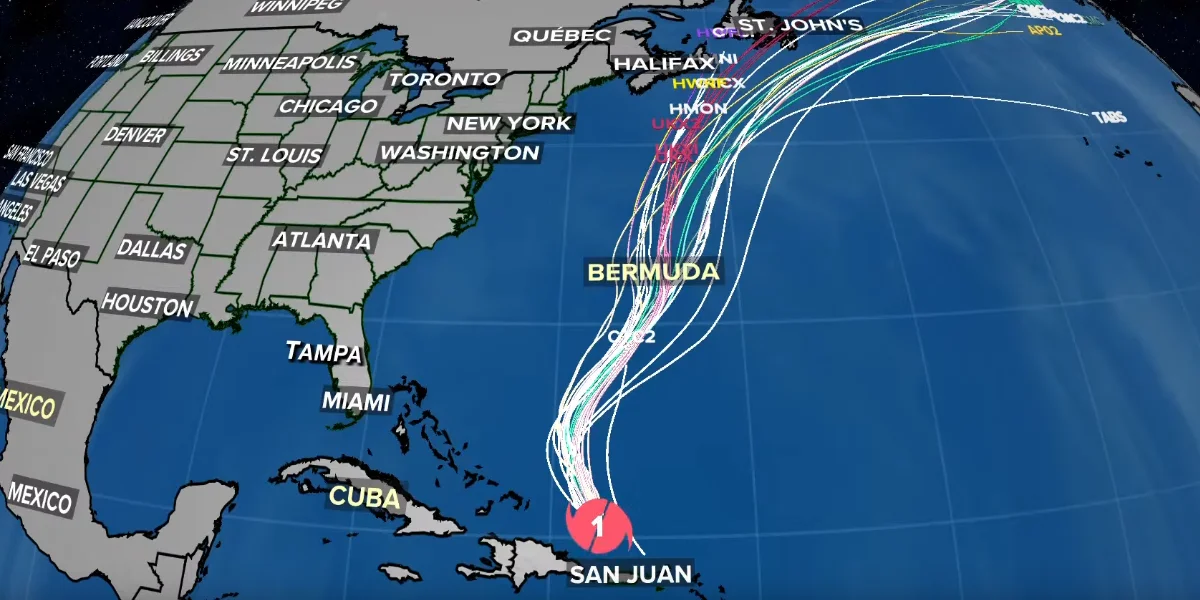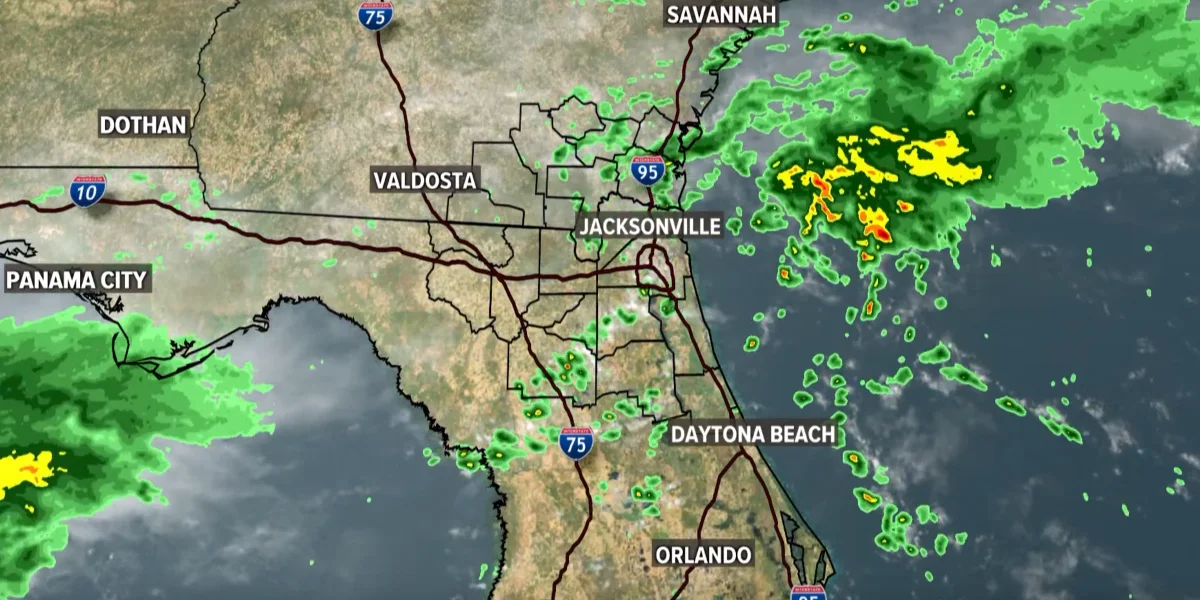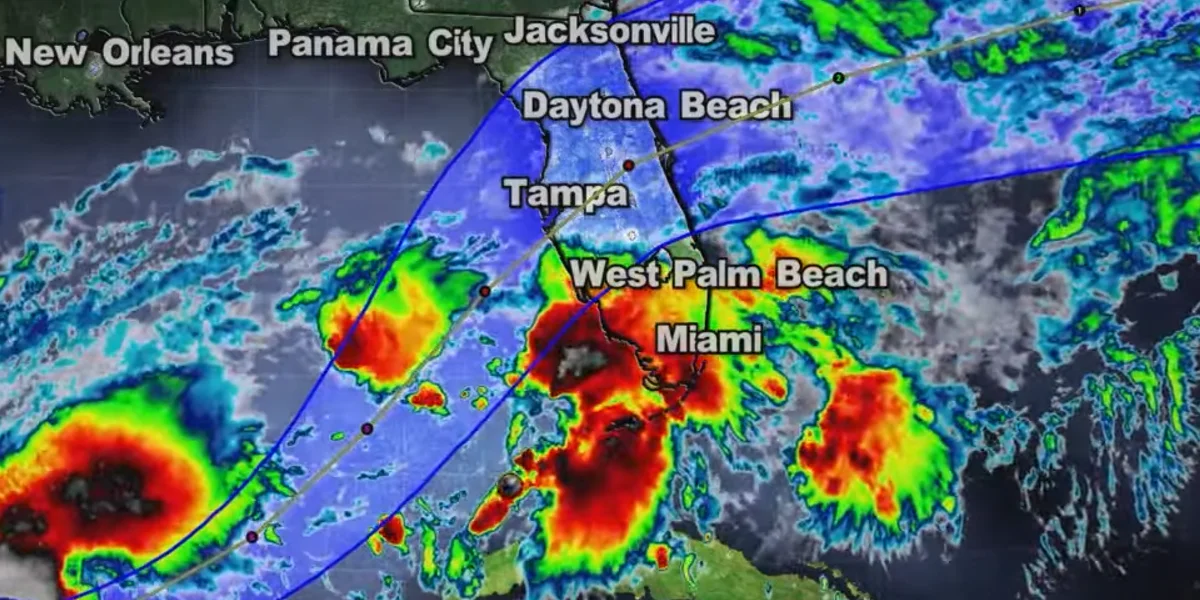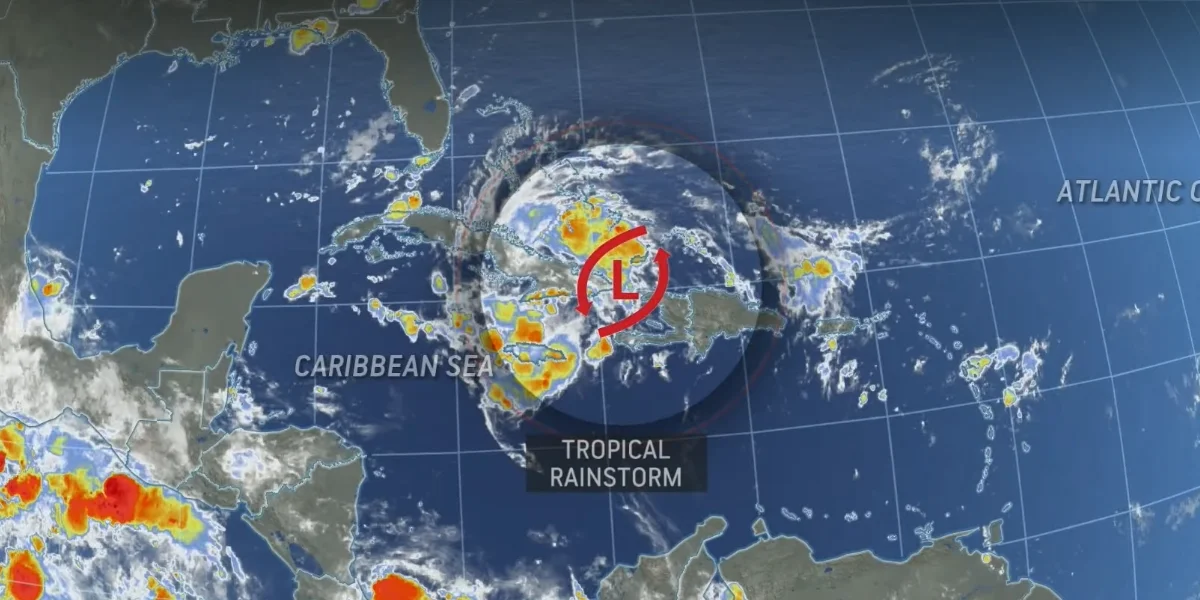Tropical Storm Sara has developed in the Caribbean
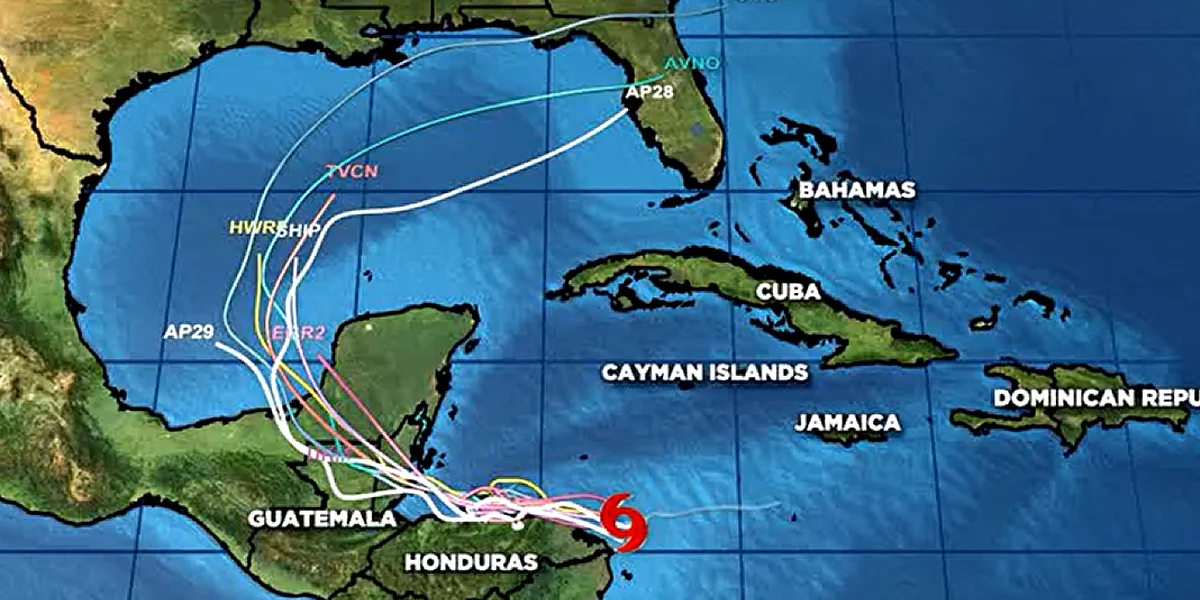
A Tropical Storm Sara, the 18th named storm of the 2024 Atlantic hurricane season, formed in the Caribbean on Thursday. Earlier this week, the system, which was previously known as Tropical Depression 19, emerged in the western Caribbean and strengthened as it headed westward toward Central America.
Due to unusually warm water brought on by climate change, Sara is now the third named storm of November, even though tropical activity should be ending.
According to a 4 p.m. ET report from the National Hurricane Center, Sara is about 65 miles north-northwest of the Nicaragua-Honduras border and is heading west with sustained winds of 40 mph. When sustained wind speeds of at least 39 mph are reached, a meteorological system is classified as a tropical storm.
Although the outlook is still very unknown beyond early next week, it is going in the direction of the US avoiding the worst that Sara has to give. Those in the eastern Gulf of Mexico, such as Florida, the Florida Keys, and Cuba, are still being advised by the National Hurricane Center to keep a careful eye on forecasts in case anything changes.
There are tropical storm warnings in effect for portions of Nicaragua and Honduras. Strong winds are expected to reach as early as the evening and intensify on Friday. The storm's downpour started on Thursday in both countries.
The NHC warned that the storm would bring double-digit rainfall totals to other portions of Central America and "life-threatening" flooding rainfall of up to 30 inches to Honduras. That could mean “widespread areas of life-threatening and potentially catastrophic flash flooding and mudslides.”
The National Hurricane Center in Miami's forecasters predicted that "life-threatening" flash floods will strike northern Honduras and continue over the weekend. Additionally, the hurricane agency issued a warning of possibly catastrophic mudslides brought on by the storm, particularly in the hilly region along and around Sierra La Esperanza on the northeastern coast of the nation. They predicted that those conditions would last all weekend.
As the storm moves over eastern Guatemala, western Nicaragua, Belize, El Salvador, and the remainder of Honduras, 5 to 10 inches of rain are expected to fall, with the potential for up to 15 inches.
Forecasters predicted Sara would likely "be near or at hurricane strength" when it approaches Honduras' eastern coast on Friday or Saturday, though it is unclear if the storm would develop into a hurricane by then.
Sara might eventually make an appearance in the southern Gulf of Mexico next week as a weak storm that is somewhat stronger than in the first scenario if it stays extremely near to the Central American coast and briefly crosses land. If it made it to the United States, this scenario would mitigate the damage. It would still cause potentially fatal flooding in Central America and make a deadly strike on the Yucatán Peninsula of Mexico and Belize.
"It is too soon to determine what impacts the system could bring to portions of the eastern Gulf of Mexico, including Florida, the Florida Keys, and Cuba during the middle portion of next week," the hurricane center said Thursday. "Residents in these areas should regularly monitor updates to the forecast."
On the Saffir-Simpson Hurricane Wind Scale, a tropical storm is classified as a hurricane if its sustained winds reach 74 mph or more.

